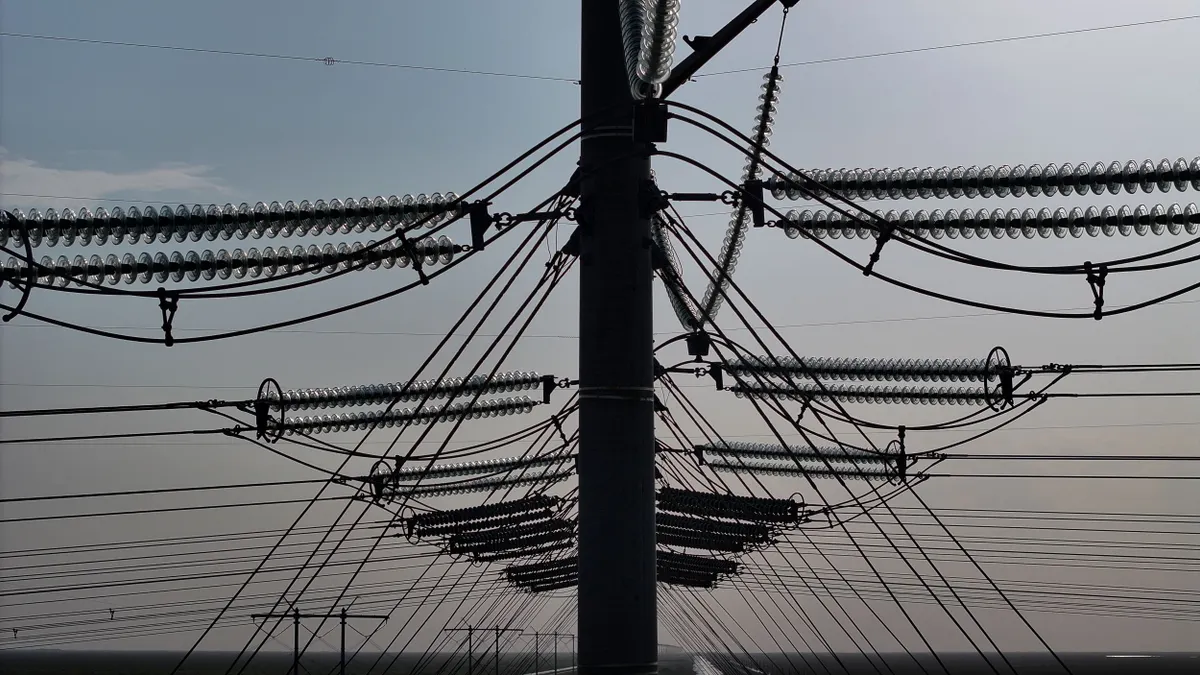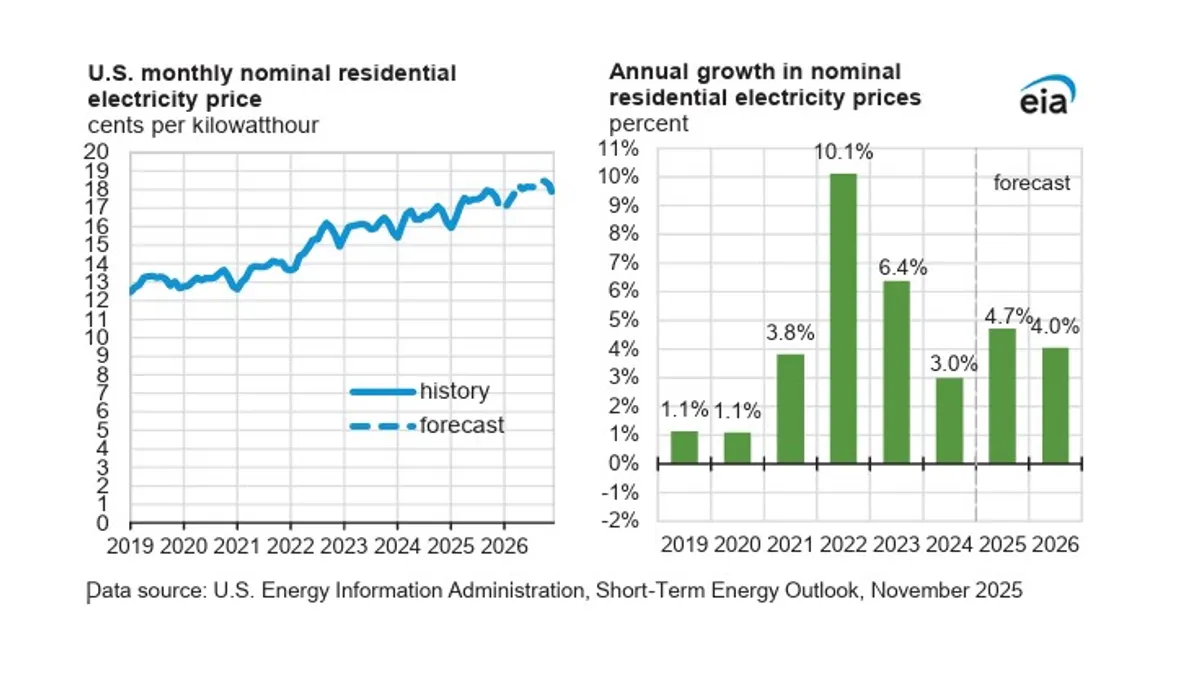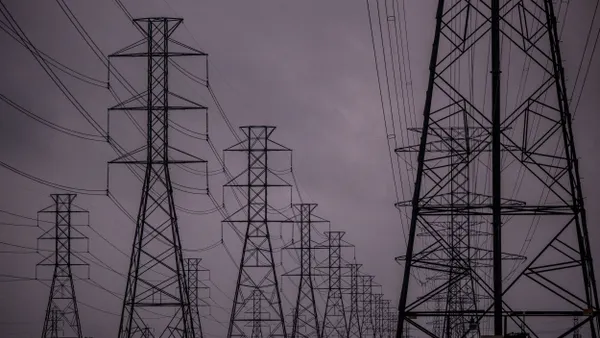Federal regulators on Friday rejected calls by the Midcontinent Independent System Operator and its transmission owners that the grid operator’s independent market monitor be effectively barred from transmission planning oversight.
MISO’s tariff “unambiguously” authorizes MISO’s market monitor to review and analyze actions that affect the competitiveness, economic efficiency and operation of the grid operator’s markets and services — and transmission planning is one of those actions, FERC said in a decision released Friday.
“The [MISO] tariff authorizes the IMM to review and analyze MISO’s transmission planning activities and emphasizes that the IMM should consider the competitive or other market impacts of any MISO action governing or affecting any of the markets and services,” FERC said.
MISO filed a petition for declaratory order on May 7 asking FERC to find that the grid operator’s tariff limits the market monitor’s involvement in transmission planning. The petition grew out of Potomac Economic’s criticism of MISO’s needs and cost-benefit analysis that underpinned its roughly $22 billion Tranche 2.1 transmission portfolio that was approved in December, according to filings at FERC. The market monitor argued that MISO overstated its transmission needs and the benefits from its proposed project portfolio.
MISO transmission owners such as Ameren, Duke Energy and Entergy supported limiting Potomac Economics’ role in transmission planning. The petition was opposed by the Organization of MISO States, which represents state utility commissions, and consumer advocates.
The dispute arose as electric utility bills have surged in the last four years, with millions of people struggling to pay their bills, FERC Chairman Mark Christie said in a concurring statement.
“Despite the understandable concern and publicity over capacity market auction results in MISO and [the PJM Interconnection] over the past year, transmission costs are the single biggest driver of skyrocketing monthly power bills and have been for years,” Christie said.
Also, once financing costs and “FERC candy” — extra financial benefits for transmission — have been added to MISO’s Tranche 2.1 transmission portfolio, it will cost significantly more than its estimated $21.8 billion in capital costs, according to Christie.
“So to his credit, MISO’s IMM has stepped up and provided a critique of the assumptions and calculations used by MISO to develop and attempt to justify this latest costly tranche of transmission projects,” Christie said. “The role of an IMM requires courage and a willingness to put his job on the line by bringing to light uncomfortable (for some) facts and drawing conclusions about those facts that he is prepared to defend forthrightly. The MISO IMM has done so here and he should be recognized and applauded.”
In another concurrence, FERC Commissioner David Rosner said the market monitor’s oversight should remain limited to assessing the results of MISO’s transmission planning. “My vote to deny this petition is not a basis to create new duties for the market monitor that are akin to those of an independent transmission monitor,” Rosner said. He noted the agency was unable to reach a consensus on requiring independent transmission monitors in its Order 1920 rulemaking on long-term regional transmission planning that was finalized in November.















